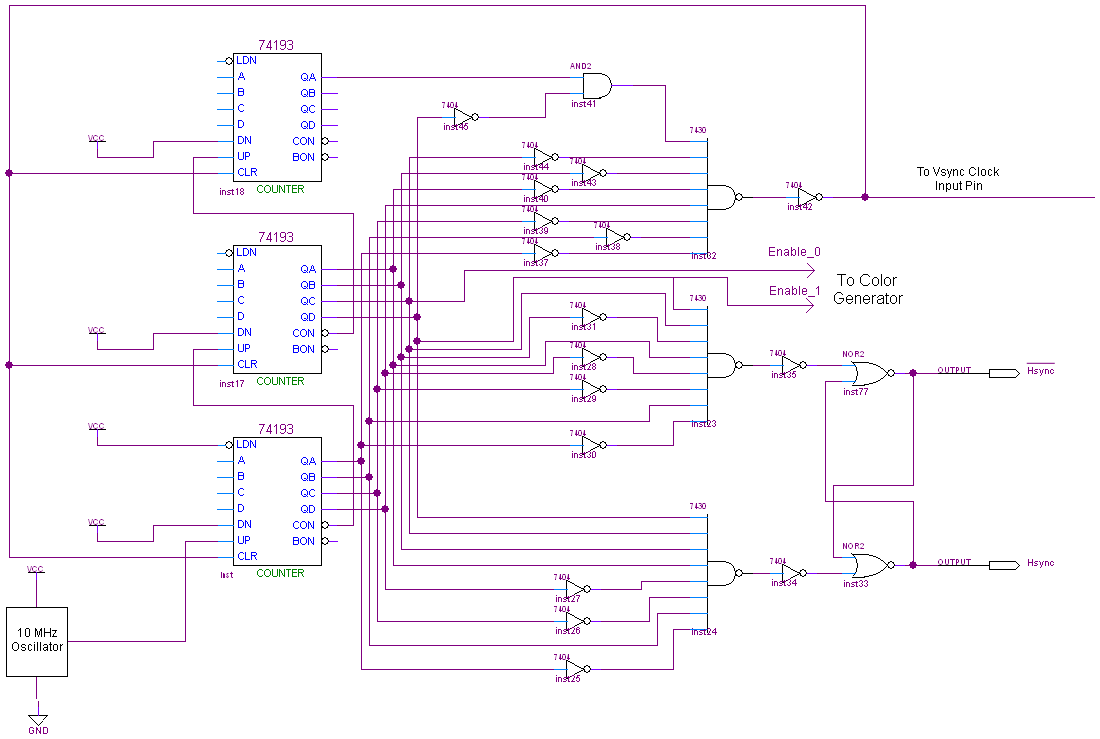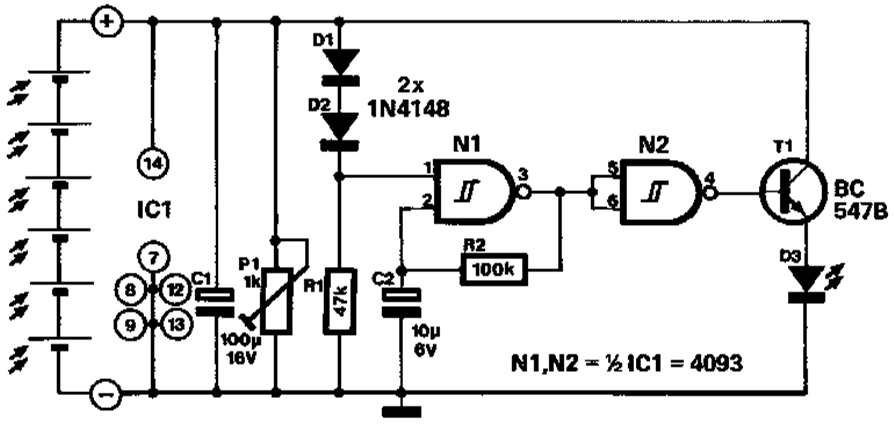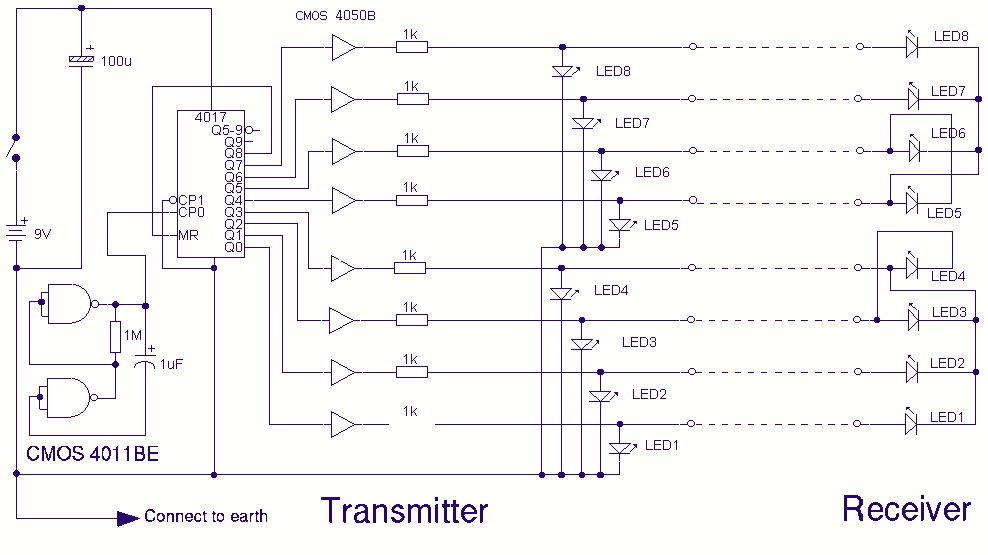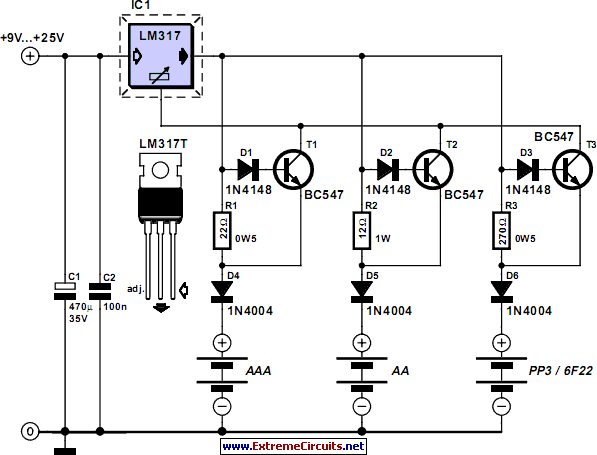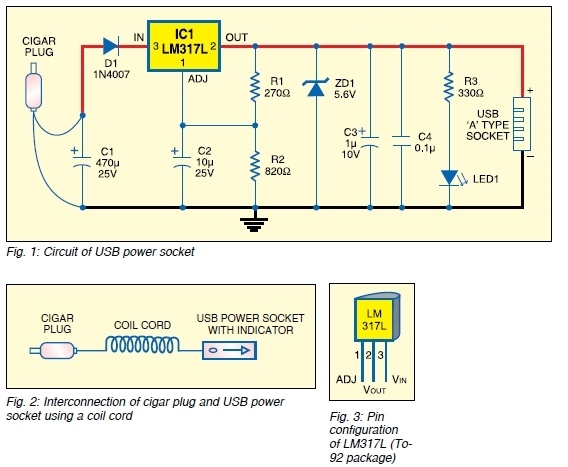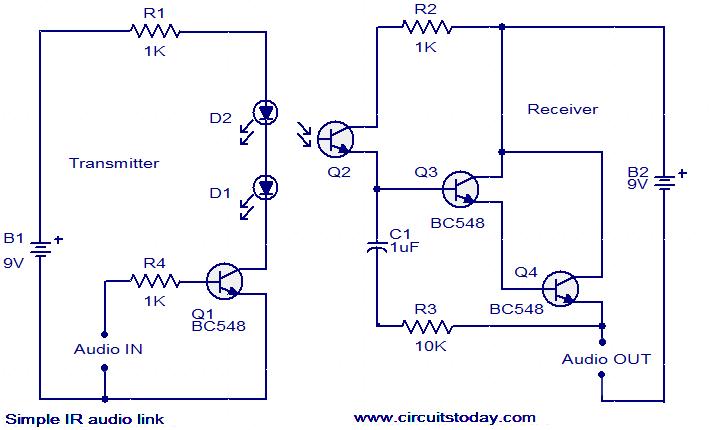
simple but reliable car battery tester
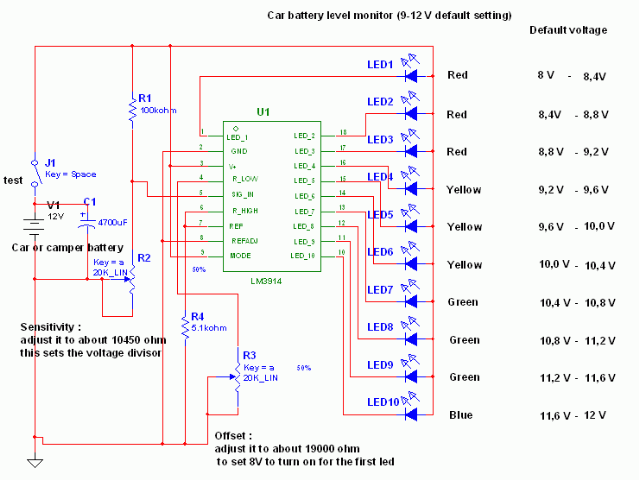
This circuit utilizes the widely available LM3914 integrated circuit (IC), which is straightforward to operate and does not require external voltage regulators due to its built-in voltage regulator. It can be powered from various sources. When the test button is pressed, the car battery voltage is fed into a high-impedance voltage divider designed to reduce 12V to 1.25V (or lower values). This approach is preferable to relying on the internal voltage regulator to provide a 12V sample voltage for the internal voltage divider, as the regulator is unable to effectively regulate 12V when the voltage drops lower (due to the nature of linear regulators, which only step down voltage). The regulator offers a stable 1.25V output, which is then fed into a precision internal resistor cascade to generate sample voltages for the internal comparators. The default configuration allows for voltage measurements between 8V and 12V; however, by adjusting the offset trimmer to 0, measurements can be extended from 0V to 12V (though it is noted that a car may not start below 9V). A smoothing capacitor (4700μF, 16V) is included to absorb electromagnetic interference (EMI) noise produced by the ignition coil when measuring battery voltage during engine operation. While diesel engines may not require this capacitor, its necessity is uncertain. For users who prefer a dot graph display instead of a bar graph, pin 9 (MODE) on the IC can be disconnected from power.
The circuit design leverages the LM3914, which is a dot/bar display driver IC designed to drive LED displays in either a bar graph or dot mode. The high-impedance voltage divider ensures minimal loading on the battery, thus providing accurate voltage readings. The design involves connecting the car battery to the voltage divider, which consists of two resistors arranged to scale down the input voltage appropriately. The output of this voltage divider is then fed into the LM3914, which interprets the voltage level and drives the corresponding number of LEDs based on the input voltage.
The internal voltage reference of the LM3914 is crucial for ensuring that the output is stable and accurate. By providing a fixed 1.25V reference, the circuit can effectively translate the scaled-down voltage into a visual representation on the LED display. The inclusion of the offset trimmer allows for calibration of the circuit, accommodating variations in battery voltage that may occur due to load or battery health.
The smoothing capacitor serves a critical role in maintaining measurement accuracy by filtering out any transient noise from the ignition system, which is particularly relevant when the engine is running. This ensures that the voltage readings reflect the true battery voltage without interference from electrical noise generated by the engine's operation.
In summary, this circuit provides a reliable means of monitoring car battery voltage with the flexibility of adjusting the measurement range and display mode, making it a valuable tool for automotive diagnostics.This circuit uses the popular and easy to find LM3914 IC. This IC is very simple to drive, needs no voltage regulators (it has a built in voltage regulator) and can be powered from almost every source. When the test button is pressed, the Car battery voltage is feed into a high impedance voltage divider.
His purpose is to divide 12V to 1, 25V (or l ower values to lower values). This solution is better than letting the internal voltage regulator set the 12V sample voltage to be feed into the internal voltage divider simply because it cannot regulate 12V when the voltage drops lower (linear regulators only step down). Simply wiring with no adjust, the regulator provides stable 1, 25V which is fed into the precision internal resistor cascade to generate sample voltages for the internal comparators.
Anyway the default setting let you to measure voltages between 8 and 12V but you can measure even from 0V to 12V setting the offset trimmer to 0 (but i think that under 9 volt your car would not start). There is a smoothing capacitor (4700uF 16V) it is used to adsorb EMF noise produced from the ignition coil if you are measuring the battery during the engine working.
Diesel engines would not need it, but I`m not sure. If you like more a point graph rather than a bar graph simply disconnect pin 9 on the IC (MODE) from power. 🔗 External reference
The circuit design leverages the LM3914, which is a dot/bar display driver IC designed to drive LED displays in either a bar graph or dot mode. The high-impedance voltage divider ensures minimal loading on the battery, thus providing accurate voltage readings. The design involves connecting the car battery to the voltage divider, which consists of two resistors arranged to scale down the input voltage appropriately. The output of this voltage divider is then fed into the LM3914, which interprets the voltage level and drives the corresponding number of LEDs based on the input voltage.
The internal voltage reference of the LM3914 is crucial for ensuring that the output is stable and accurate. By providing a fixed 1.25V reference, the circuit can effectively translate the scaled-down voltage into a visual representation on the LED display. The inclusion of the offset trimmer allows for calibration of the circuit, accommodating variations in battery voltage that may occur due to load or battery health.
The smoothing capacitor serves a critical role in maintaining measurement accuracy by filtering out any transient noise from the ignition system, which is particularly relevant when the engine is running. This ensures that the voltage readings reflect the true battery voltage without interference from electrical noise generated by the engine's operation.
In summary, this circuit provides a reliable means of monitoring car battery voltage with the flexibility of adjusting the measurement range and display mode, making it a valuable tool for automotive diagnostics.This circuit uses the popular and easy to find LM3914 IC. This IC is very simple to drive, needs no voltage regulators (it has a built in voltage regulator) and can be powered from almost every source. When the test button is pressed, the Car battery voltage is feed into a high impedance voltage divider.
His purpose is to divide 12V to 1, 25V (or l ower values to lower values). This solution is better than letting the internal voltage regulator set the 12V sample voltage to be feed into the internal voltage divider simply because it cannot regulate 12V when the voltage drops lower (linear regulators only step down). Simply wiring with no adjust, the regulator provides stable 1, 25V which is fed into the precision internal resistor cascade to generate sample voltages for the internal comparators.
Anyway the default setting let you to measure voltages between 8 and 12V but you can measure even from 0V to 12V setting the offset trimmer to 0 (but i think that under 9 volt your car would not start). There is a smoothing capacitor (4700uF 16V) it is used to adsorb EMF noise produced from the ignition coil if you are measuring the battery during the engine working.
Diesel engines would not need it, but I`m not sure. If you like more a point graph rather than a bar graph simply disconnect pin 9 on the IC (MODE) from power. 🔗 External reference
